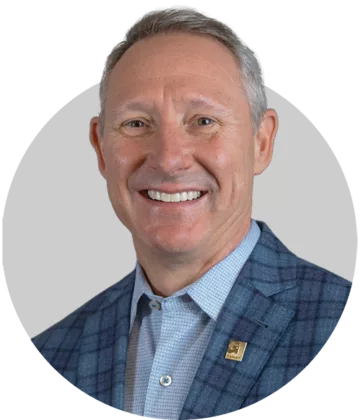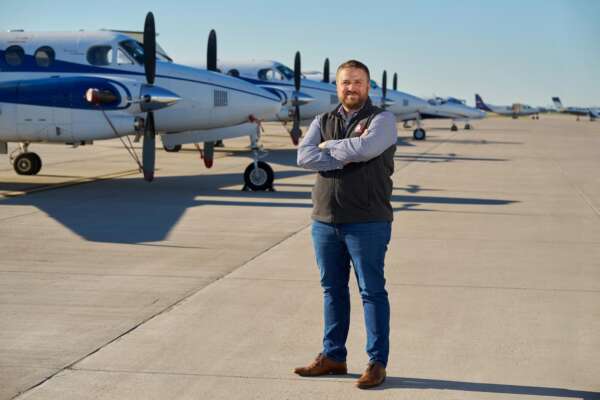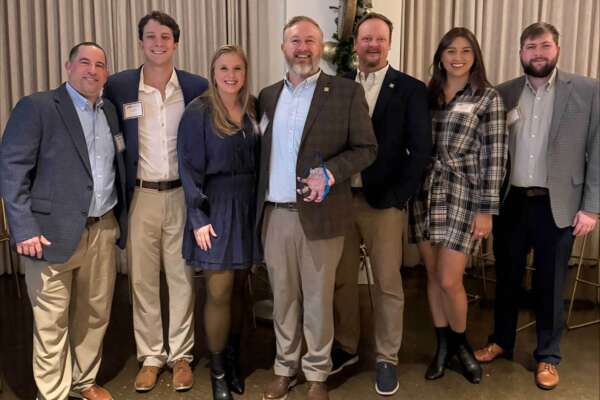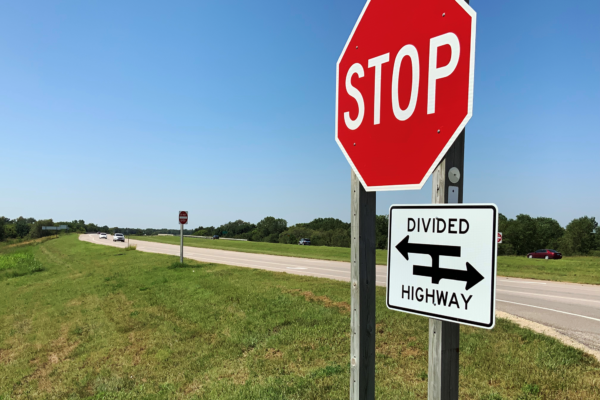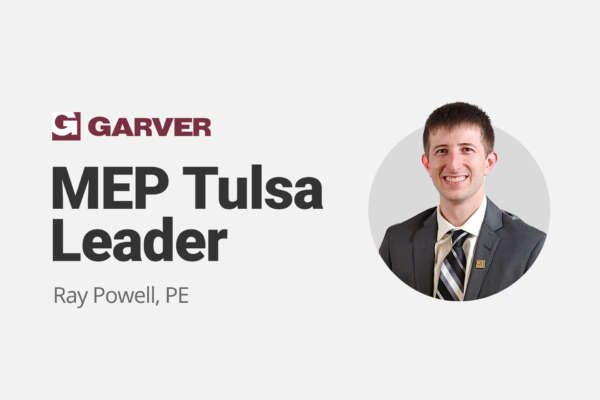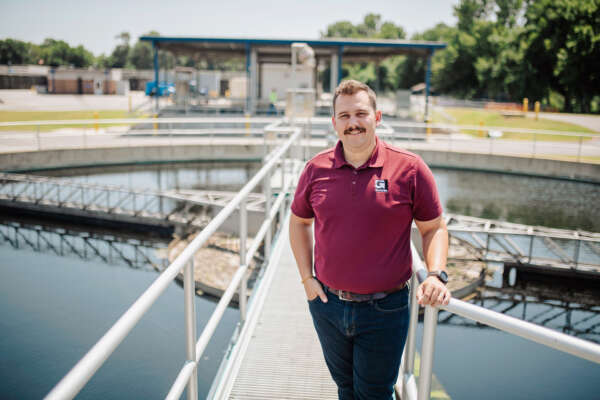AZ Water Conference
Phoenix, Arizona | Apr. 12-14
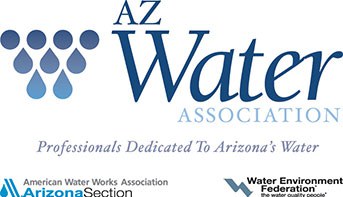
Each year, the AZ Water Conference is held to provide programming, education, and networking opportunities to water and wastewater professionals across the country. Once again, via attendance and presentations, Garver is providing full support to this year’s event, which will provide professional development and more over three days to support AZ Water’s mission of providing a vibrant Arizona through safe, reliable water.
Technical Presentations
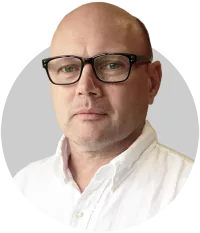
9 a.m.
Planning for a Transition from Sewage Treatment to Resource Recovery
This presentation will focus on key steps of the planning process as applied to the three WWTPs (16 MGD, 46 MGD, and 125 MGD) owned by the San Antonio Water System (SAWS) as well as planning for Widefield Colorado’s (WC) 2.5 MGD WWTP. Both are planning for more stringent nutrient limits, energy efficiency. energy recovery, and nutrient recovery. Will show how planning to achieve water resource recovery can be applied to large and small utilities to achieve common goals.
Speakers: Wastewater Practice Leader Sean Scuras, Ph.D., PE, BCEE
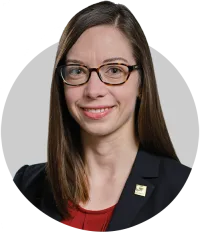
9:30 a.m.
Opportunistic and Emerging Pathogens in Drinking Water and their Impacts to Human Health and Regulations
This presentation will describe emerging and opportunistic
pathogens, their occurrence, potential control strategies, and their impact on
the potential revisions to the MDBP rules.
Speakers: Distribution System Water Quality Practice Leader Ashley Pifer, Ph.D., PE
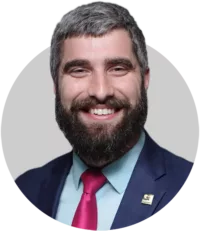
11 a.m.
Adding Resiliency to Lawton's Water Supply with Advanced Groundwater Treatment
In this presentation, Garver aims to present results of the groundwater treatment pilot concluding in the fall of 2021 investigating feasibility of coagulation-assisted microfiltration followed by nanofiltration/microfiltration (NF/RO). We will provide a summary of the results of the pilot focusing on the treatment efficacy for various constituents of interest including total dissolved solids (TDS), arsenic, and fluoride, MF and NF/RO recovery and performance, cost of treatment, and permitting.
Speakers: Project Manager Bryce Callies, PE
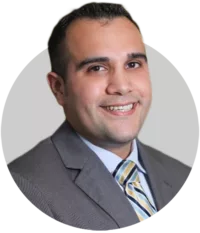
1 p.m.
Dallas, we have a leak: Collaborative approach to solving a leaking water main under runway
Alternate project delivery is an increasingly popular method for delivering complex projects on a critical schedule. This can have multiple benefits including interactive design with the contractor as well as identifying best value and lowest lead materials time. After a critical failure on DFW Airport’s main 30-inch water line loop, an alternative project delivery was leveraged to prepare a solution and expedite construction.
Speakers: Project Manager Michael Salinas, PE
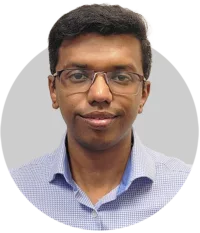
3 p.m.
Improving WTP Resiliency
This presentation will explain in detail the processes that have been used to optimize the design and operation of large WTPs. It will also demonstrate the delicate balance between value engineering and planning for resiliency. Case studies will be used to demonstrate how this has worked in practice for greenfield WTPs, as well as operating facilities.
Speakers: Senior Project Manager Hasibul Hasan, PE
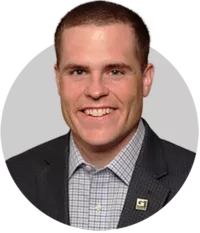
8 a.m.
Flow Measurement: How Close is Close Enough?
Magnetic flowmeters are the most common flow measurement device in the drinking water industry. In addition to helping achieve water conservation efforts, magnetic flowmeters are often used as the register for custody transfer of drinking water between utilities and accuracy deviations can result in inequitable water exchanges. For many years, it was thought that the magnetic flowmeter was not affected by upstream piping. Previous laboratory studies have shown that the proximity of the flowmeter to upstream and downstream fittings, valves, and tees does influence the accuracy of the meter. This study reviewed the industry best practices and 12 different meter manufacturer specific recommendations regarding proper installation of magnetic flowmeters to reduce the effects of upstream piping.
Speakers: Project Engineer Kade Beck, Ph.D., PE
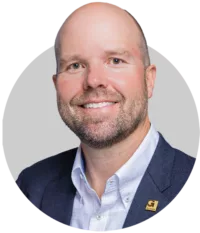
10 a.m.
Structural Manhole Rehabilitation at Denver International Airport
An overview of the structural trenchless rehabilitation construction techniques implemented to successfully execute the Denver International Airport (DIA) Tower Road Manhole Rehabilitation Project is presented. In addition to the case study, the differences between methods that are considered to be non-structural, semi-structural, and fully structural manhole rehabilitation technologies are briefly explained from an engineering perspective
Speakers: Infrastructure Practice Leader Jeff Maier, PE
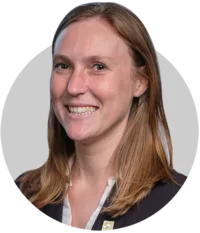
3 p.m.
Developing Design Criteria for Membrane WTP Expansion
This presentation will give an overview of how such an evaluation should be conducted and what factors should be incorporated during the evaluation. A summary of the recommendations made from the study along with the decision process will be presented.
Speakers: Project Manager Michelle Lacks, PE
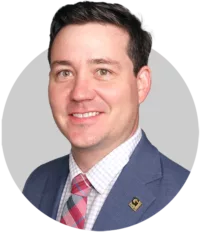
8 a.m.
Combining Biological and CFD Modeling to Boost Activated Sludge Basin Performance
Garver utilized the latest biological process and CFD modeling techniques to evaluate multiple basin configurations for a larger (>200 MGD) wastewater treatment plant to boost treatment efficiency and simplify operation and maintenance. This presentation will present the results to the modeling effort compared directly with actual field performance before and after completion of proposed improvements.
Speakers: Fayetteville Water Design Center Manager Andy Pruitt, PE
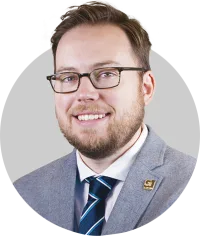
8 a.m.
Applying Sample Compositing to Monitor the Fate of CECs in Treatment for Potable Reuse
In 2017, Garver had the unique opportunity to partner with a National Science Foundation I/UCRC research center, and Eurofins Eaton Analytical, to assess the CEC profiles and concentrations leaving three municipal wastewater treatment facilities in Texas and Oklahoma. This presentation will discuss the lessons learned from the comparative data sets, and revisit the recommendations from the 2017 study for CECs that should be monitored for potable reuse effluents, particularly reuse for environmental buffer augmentation.
Speakers: Water Reuse Practice Leader Michael Watts Ph.D., PE and Clinton Williams (USDA)
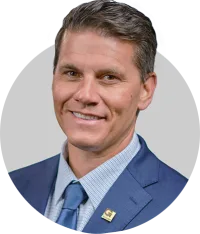
10 a.m.
Leveraging Energy Management Principles and Electric Utility Demand Side Rebates to Improve Traditional Asset Management
This presentation will cover the basics integrating energy management (EM) into asset management (AM), how to deploy wire-to-water and wire-to-air testing, interpreting the results, example EEMs, determining energy and operational cost savings, integrating electric utility Demand Side Rebate (DSM) program rebate incentives into EM/AM to help improve business case replacement, and more.
Speakers: Water and Energy Practice Leader Eric Dole, PE, PSAP

11 a.m.
BOR Funded Desalination Pilot for Cooling Tower Blowdown - A Reuse Model for Challenged Waters
This presentation will address the BOR Desalination Pitch to Pilot Program, the thought process behind the EC, UF, GAC, RO with VAED concentrate management treatment train and report on the finding of the research.
Speakers: Water and Energy Practice Leader Eric Dole, PE, PSAP and Yuliana Porras-Mendoza (Bureau of Reclamation)
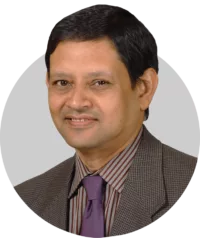
1:30 p.m.
Future Changes to DBP Rule and How the USEPA Water Treatment Plant Simulation Model Assists in Rule Making
This presentation will give a brief overview of the history of the model and present a summary of the most recent updates. A summary of what is being discussed as potential inclusions in the revised D/DBP Rule will also be provided along with how these changes may impact Arizona utilities.
Speakers: Water Practice Leader Zaid Chowdhury, Ph.D., PE, BCEE
